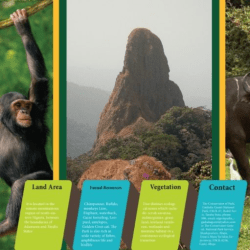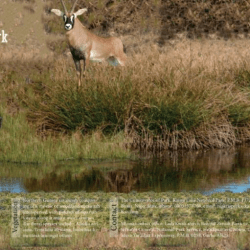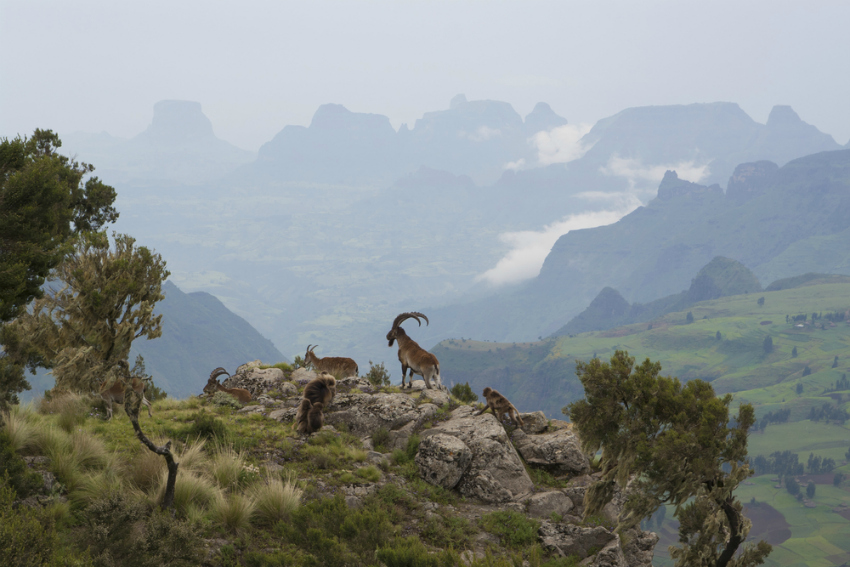UNESCO World Heritage Sites in USA (United States of America) are:
- Mesa Verde National Park
- Yellowstone National Park
- Everglades National Park
- Grand Canyon National Park
- Independence Hall
- Kluane / Wrangell-St. Elias / Glacier Bay / Tatshenshini-Alsek
- Redwood National and State Parks
- Mammoth Cave National Park
- Olympic National Park
- Cahokia Mounds State Historic Site
- Great Smoky Mountains National Park
- La Fortaleza and San Juan National Historic Site in Puerto Rico
- Statue of Liberty
- Yosemite National Park
- Chaco Culture
- Hawaii Volcanoes National Park
- Monticello and the University of Virginia in Charlottesville
- Taos Pueblo
- Carlsbad Caverns National Park
- Waterton Glacier International Peace Park
- Papahānaumokuākea
- Monumental Earthworks of Poverty Point
- San Antonio Missions
- The 20th-Century Architecture of Frank Lloyd Wright
- Hopewell Ceremonial Earthworks
> View other UNESCO World Heritage Sites
More on World Heritage Sites
UNESCO (United Nations Educational, Scientific and Cultural Organization) World Heritage Sites comprise 1,199 properties.

World heritage property is a legacy from the past, that people live with today, and pass on to future generations.

The cultural and natural heritage are both irreplaceable sources of knowledge and inspiration.





UNESCO seeks to encourage the identification, protection and preservation of cultural and natural heritage around the world that are considered to be of outstanding value to humanity. This is embodied in an international treaty known as the Convention concerning the Protection of the World Cultural and Natural Heritage, adopted by UNESCO in 1972.
A World Heritage Site is an area or landmark designated by UNESCO for having cultural, historical, scientific or other forms of significance. The sites have legal protection by an international convention.
A World Heritage Site is nominated by their host country and determined by the international committee to be a unique landmark which is geographically and historically identifiable and having a special cultural or physical significance. World Heritage Sites are usually ones with ancient features, historical structures, buildings, cities, deserts, forests, islands, lakes, monuments or mountains.
The site may signify a remarkable accomplishment of people and serve as evidence of intellectual history or a place of unparralled natural beauty.
The sites are intended for practical conservation for posterity, which otherwise would be subject to risk from human or animal trespassing, unmonitored, uncontrolled or unrestricted access, or threat from local administrative negligence. Sites are demarcated by UNESCO as protected zones.
The programme catalogues, names, and conserves sites of outstanding cultural or natural importance.
The work began with the Convention Concerning the Protection of the World’s Cultural and Natural Heritage. The convention was adopted by the General Conference of UNESCO on 16 November 1972. Since then, 195 states have ratified the convention, making it one of the most widely recognised international agreements and a popular cultural programme.











